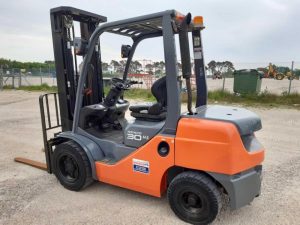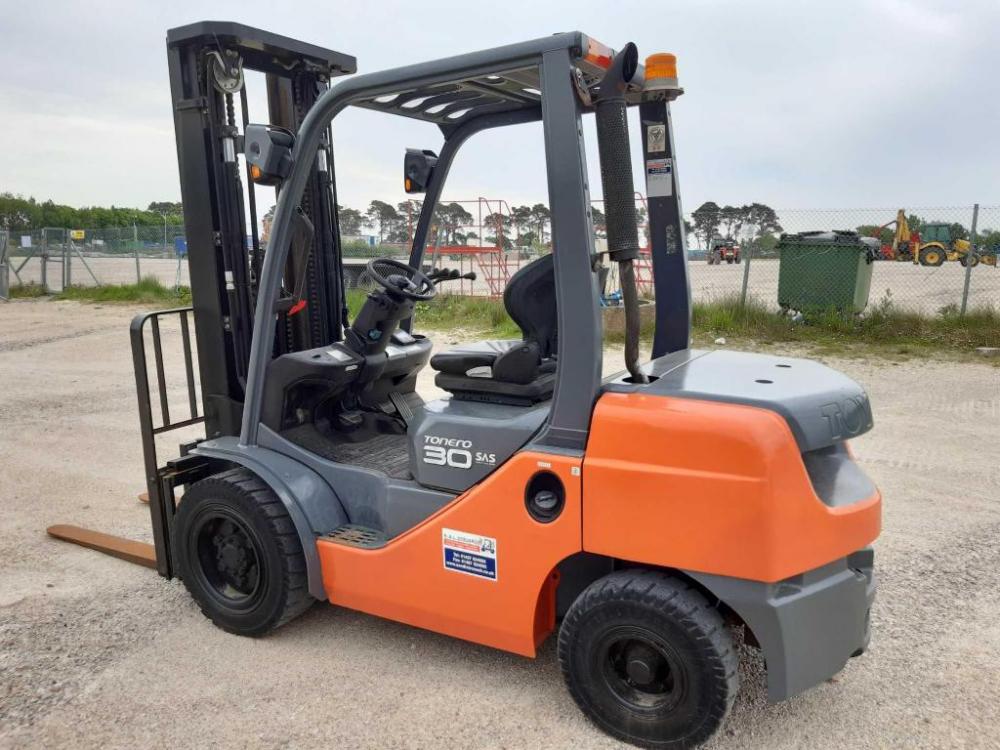Considering Capacity When Selecting A Forklift
There is a lot to a forklift and there are a number of things that need to be considered when selecting one. One of the most important considerations is the forklift capacity.
Whether you are a driver or a fleet manager, you know that there are certain limitations on a forklift. These include limitations in the amount of weight it can lift and how high it can carry. When selecting a new forklift, it is recommended that you consider forklift capacity so that you select the proper forklift for the job at hand.
Each forklift as well as its attachments has an OSHA-required data plate that details the maximum load size.
Questions To Ask Concerning A Forklift’s Capacity

Don’t neglect to consider capacity when selecting a new forklift.
Professionals who understand the pitfalls of selecting the proper forklift suggest that you ask these questions when in the market for a new lift.
• How heavy is the typical load?
• How high will I need to lift the load?
• How wide is our common aisle space?
• How many hours will the forklift be used per day and per week?
• Will the forklift be used indoors or outdoors?
Defining Forklift Capacity And How It’s Measured
Forklift capacity is how much weight a specific forklift can lift. Capacity can range from about 3,000-lbs. and more than 50,000-lbs.
A lift’s load capacity depends on its load center, the horizontal distance from the front, and vertical face of the forks and the center of gravity of the load. The Industrial Standard Design Foundation, the organization that sets forklift standards, pinpoints the load center at 24-inches on most lifts.
Before you begin your search for a new forklift, it is suggested that you be familiar with the dimensions and weight of the typical loads. Ascertain whether or not the loads are typical or if they vary. If your load sizes vary, then knowing the weight of your heaviest load will suffice.
Forklift Dimensions And The Lift’s Height
Your considerations should also include a forklift’s dimensions. Be certain to give your new forklift plenty of space to maneuver in tight aisles and narrow racking. It’s true that the size of forklifts can vary, but the dimensions for most four-wheel internal combustion engine and cushion forklifts range from a width of 3-feet for smaller models, up to 8-feet for larger ones.
If you have a racking system and loads are constantly raised and lowered, then height is a major factor to consider. If loads are lifted to a variety of heights, then use the maximum height when determining what forklift you require.
As you can see, knowing your needs is essential when selecting a new forklift.
(Source: toyotaforklift.com)

